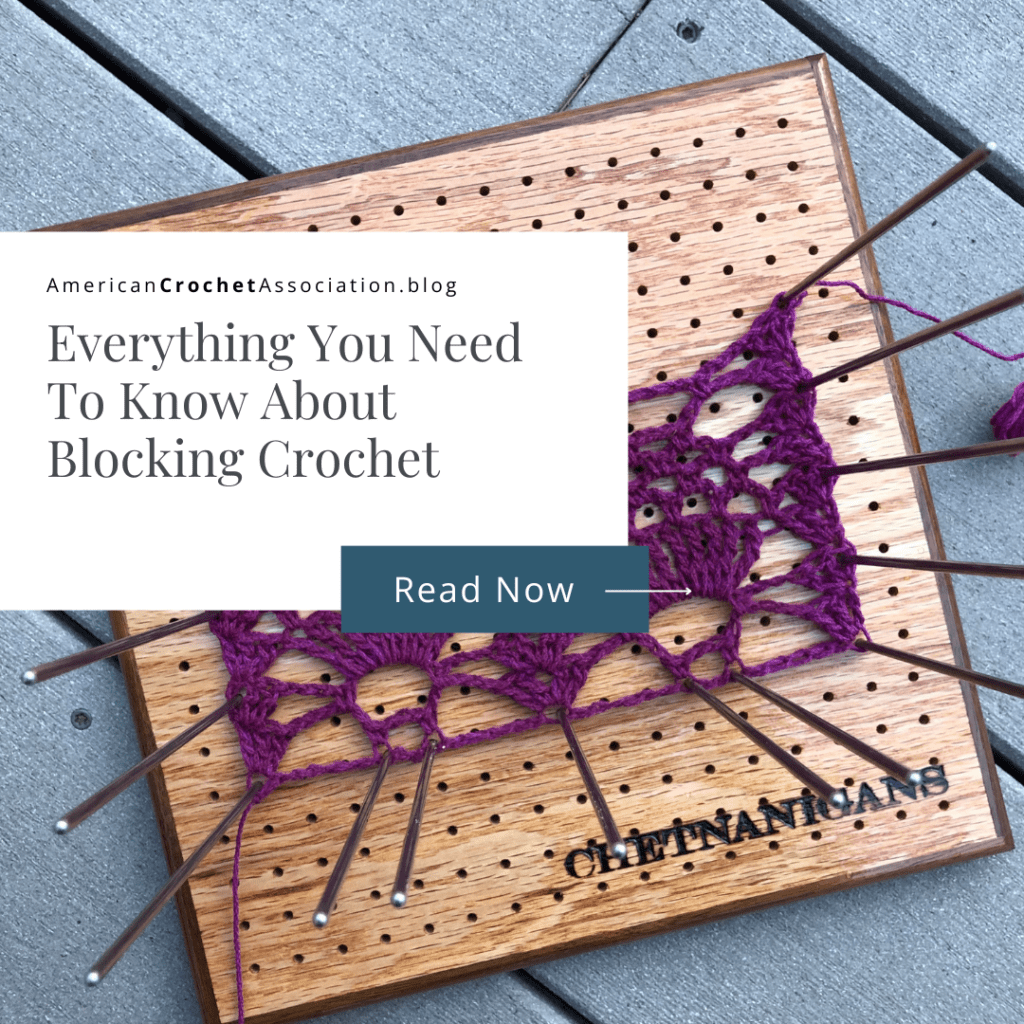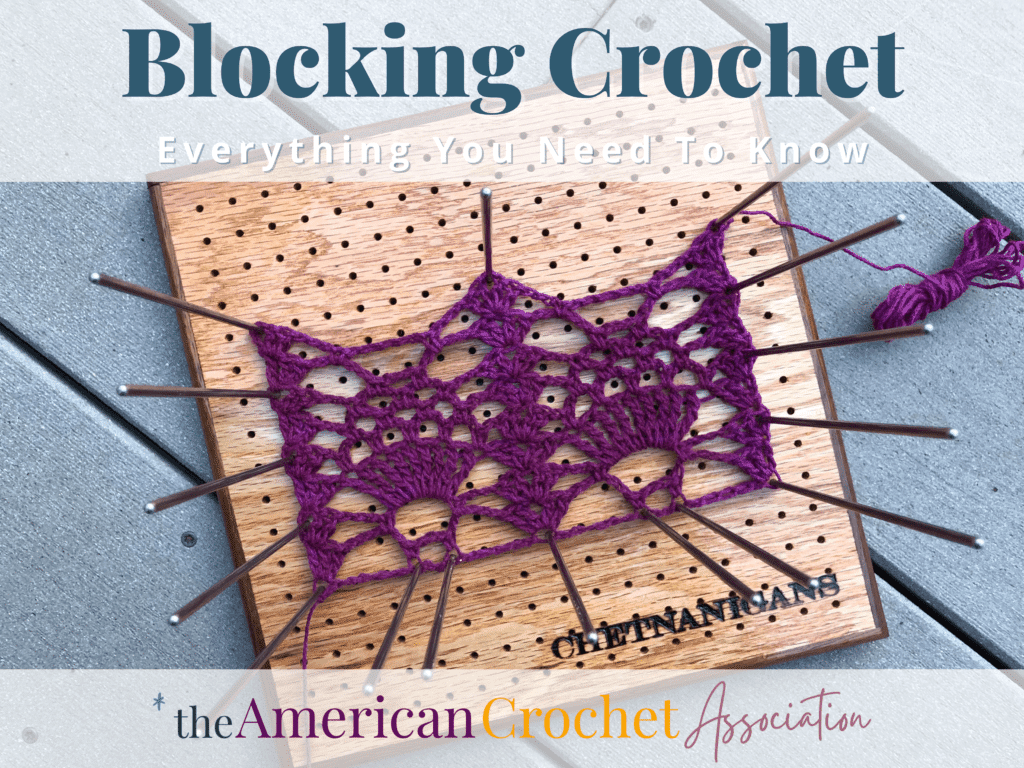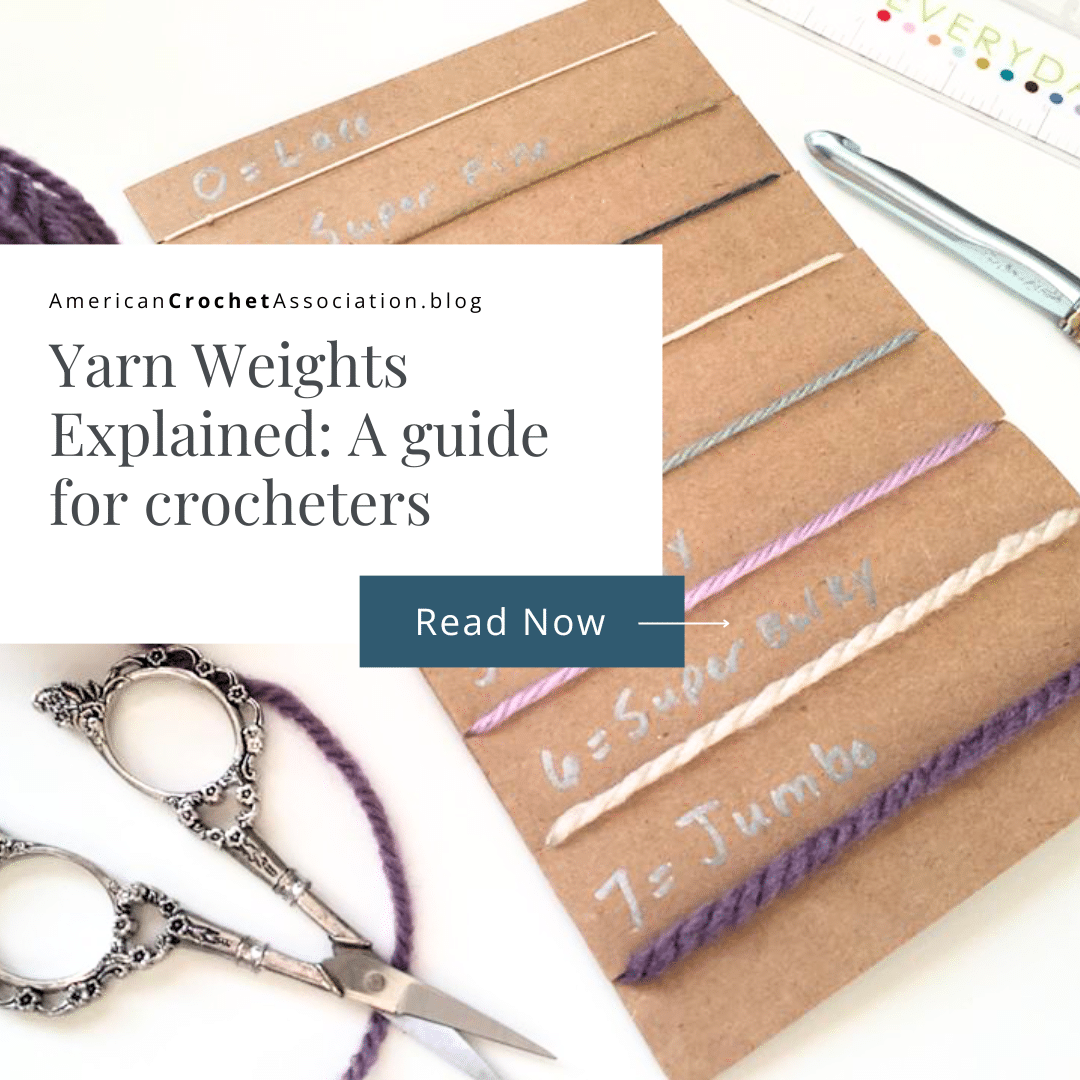From unraveling the basics to uncovering advanced techniques, this guide is your key to enhancing the quality and aesthetic of your crochet creations through the art of blocking.
Blocking seems to be a topic that is misunderstood and rarely used in the crochet world.
I get it. Believe me!
I thought blocking was something knitters did when they finished shawls, so it wasn’t something I bothered to learn.
I simply ignored the topic for most of my crochet life.
But through the years I realized things that were not quite right…
- my granny squares weren’t always square
- garments I spent hours making had uneven fabric and hem lines
- certain fabrics curled, and wouldn’t lay flat
I decided that knitters may be on to something, and there may be more to blocking than I thought; maybe it could help my crochet projects look, feel, and perform better?
After a bit of trial-and-error I learned some basics about blocking yarn fabrics, and I’m here to share a few things that work.
If you’re looking for tips to get started quickly, this outline includes everything you need to know about blocking crochet projects: what, when, why, and how to block!
Table of contents
Estimated reading time: 7 minutes

What is blocking?
Blocking is not limited to “block” or square shapes alone.
Instead, this references finishing techniques applied to fabrics made with crochet:
- Blocking helps to smooth fabric and even tension
- Blocking can adjust and encourage shape
- Blocking with fabric solutions can help to stiffen or soften fabric
Depending on the fiber, project, and end result you’re looking to achieve, there are a few blocking methods you can try: Wet, dry.
Wet Blocking
Method which begins by completely soaking fabric first, either by hand or in a washing machine. Next, remove all excess water, lay flat to dry on towels or blocking mats to pin into shape, then let dry completely.
- Tip: This can be an easy way to prep lots of small items at one time.
- Note: The larger the project the more water it will absorb, which will distort the shape and size as you wring it out to dry and move it to lay flat.
Dry Blocking
Method which begins by laying fabric flat on towels or blocking mats to pin into shape first. Next, apply moisture with steam, spray bottle or wet towels to dampen fabric, then let dry completely.
- Tip: Pinning fabric while it is dry, then adding moisture, is a good approach to precisely controlling the shape and size of a project.
- Note: This works best when using specific tools (blocking mats, pins, steam), which can be a bit of an up-front investment.
Depending on how often a finished project will be used or laundered (think wearables), blocking may not be permanent.
No matter which method you choose, you may have to periodically apply some blocking techniques to a project if your goal is to keep the same even shape throughout the fabric.
That’s why some items have to lay flat to dry, instead of being tossed into the dryer.
What should I block?
Not everything you crochet requires blocking.
In fact, some fibers will not take to blocking at all, and others will really benefit from a good blocking session.
For example, natural fibers from plants and animals (cotton, wool) are highly susceptible to blocking.
However, synthetic fibers (acrylic, nylon), might be encouraged into shape but won’t really set with blocking.
If you want to learn a bit more about yarn, here are some tips:
Understanding Yarn Substitution: An Easy Reference For Crocheters
Understanding Yarn Fiber
Also consider these two elements in a crochet project before you block: Fiber, Category.
Yarn Fiber
Read labels to learn what fibers a yarn contains and the best washing instructions for those fibers. Then, look into the characteristics of those fibers for the best approach to care for them. For example, water can have a varied affect on fiber: some are stronger when wet (linen), some become weak or delicate (cotton), and some will felt (wool).
Understand the strengths and limitations of the fiber you’re using to determine which specific methods can help or hurt your overall fabric and project.
Crochet Project Category
If you’re making a basic hat, scarf, or one-piece afghan, you can most likely skip blocking. However, there are quite a few projects that would greatly benefit from the uniformity that some blocking methods can bring:
- Motifs, or components that should all be the same size
- Thread work, like doilies, jewelry, or ornamental pieces
- Apparel such as garments, with sections that require joining
- Lace or fabric with large, open spaces
- Pairs of items like gloves and socks
What tools do I need to block?
While there are a lot of fancy tools that are specifically created for blocking fabrics made with yarn, some general house-hold items can work just fine to get started: towel, laundry soaps and solutions, spray bottle, steam iron.
While I started with the above items (and still use some for certain fabrics and projects), I found that blocking techniques that require precision are created with specific blocking tools.
Depending on the types of projects you make, and the results you’re looking to achieve, here are some of my recommendations:
Blocking Boards
If you’re blocking pieces of crochet 12″ or less, or want to block stacks of motifs at one time (like granny squares), try using a wooden blocking board.
You can block large stacks together at once when you use metal pins with the wooden base, which work really well to hold shape while motifs dry.
I use the 8″ Premier BlocksAll Ultra from Chetnanigans.

Here is a similar wooden blocking board on Amazon.com:
For larger projects you can try foam blocking boards.
These are typically offered in 12”x12” squares that fit together like puzzle pieces to create an even larger blocking area.
These sometimes include markings (like circles or squares) to help gauge project size and shape.
The foam backing allows you to use single pins for precision or block pins to cover a larger area.
This foam mat set for blocking is rated very highly on Amazon.com:
Washing Solutions
Always read your yarn label to learn what the fiber content is, and follow instructions to best care for that specific fiber.
If you’re not sure how to care for a yarn or fiber, and you don’t want to ruin a finished project, here are some laundry and care tips to follow:
3 Laundry Tips For Every Crochet Project
If you want to wet a fabric to block it into shape, or make the fabric more even and uniform, try using a washing or soaking solution to prolong the life of your item.
This soaking solution contains lanolin, which is a natural substance wool produces to protect the coating, and should be a good product to use for animal fibers:
This washing solution is said to clean and soften fabrics without harsh chemicals, so it should be a gentle way to clean and freshen most fabric types for blocking:
Handheld Fabric Steamer
If soaking, pinning, and drying your fabrics sounds terrifying (especially with larger, heavier items), using a fabric steamer can be a good alternative!
This should work best if you lay your project flat first, pinning it into shape, then slowly going over small areas of the fabric with a handheld steamer.
Steam offers a gentle blast that will smooth, unwrinkle, and set fabric for a blocked look.
This fabric steamer is handheld, economical, and has thousands of great reviews:
Try Blocking Today
Still feeling unsure about blocking crochet fabric, and want to try these tips today?
Work up some simple stitch swatches with various yarn fibers (synthetic, plant, animal), and try out some of the wet and dry blocking tips mentioned.
You can start with basic household items until you feel comfortable trying out blocking-specific equipment.
If you’re looking to learn more about making crochet swatches to test out your new blocking skills, here are some tips to follow:
How To Crochet A Swatch (with patterns to try)
Video Chat
For even more information about blocking crochet, watch my video chat right here:
What do you think about blocking now?
Let me know in the comments, or Click Here to continue this conversation in our community!
Peace, Love & Crochet –
Salena







This doesn’t explain how to block at all. What a waste of my time.
Thank you for reading this post! I’m sorry you didn’t find value in it. The intention here is to show that there is no one right way to block. Rather, there are lots of techniques you can use depending on the yarn, fiber, fabric, and overall project. With that in mind, I hope you find what you’re looking for. Peace + Love + Crochet